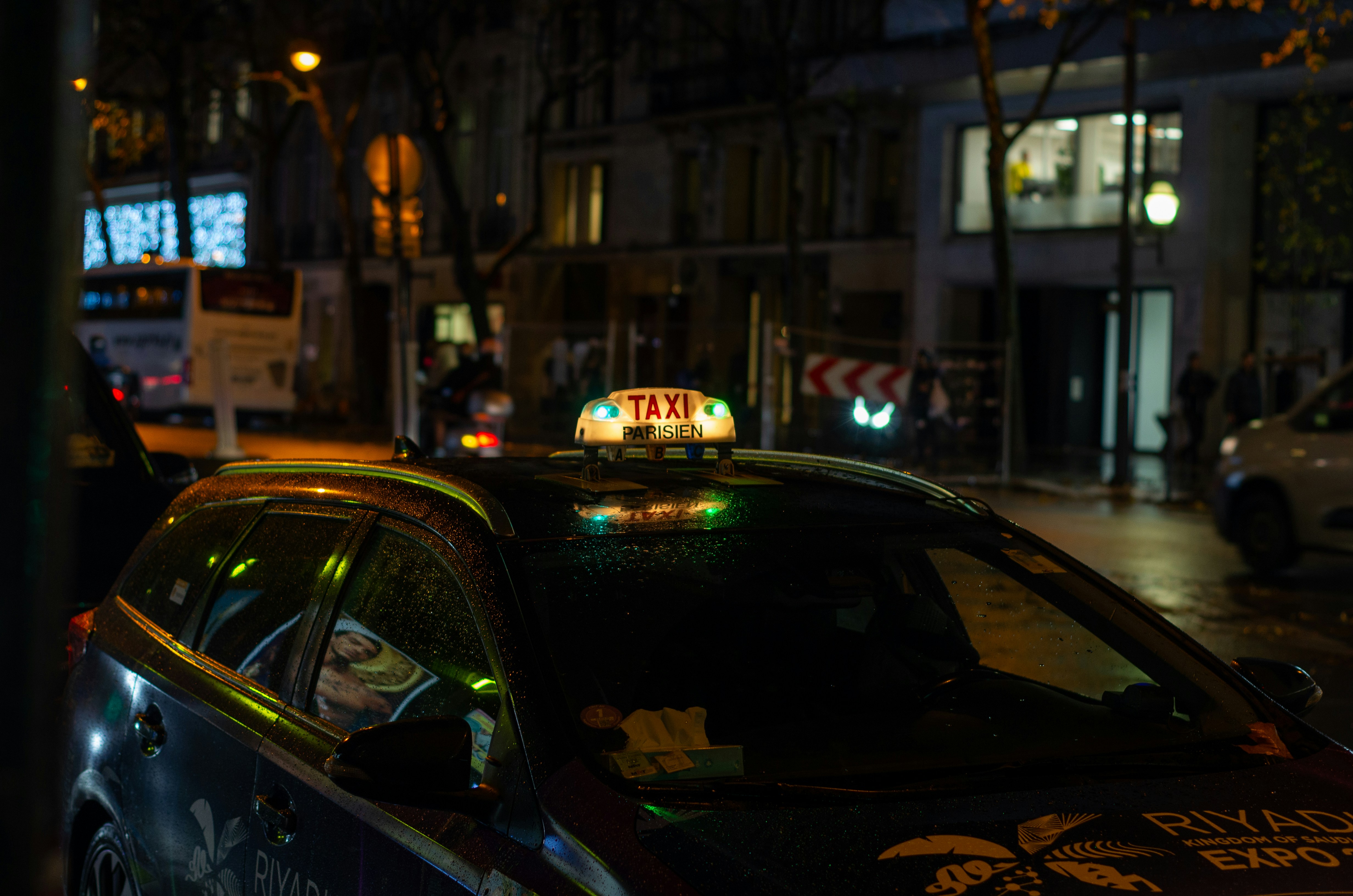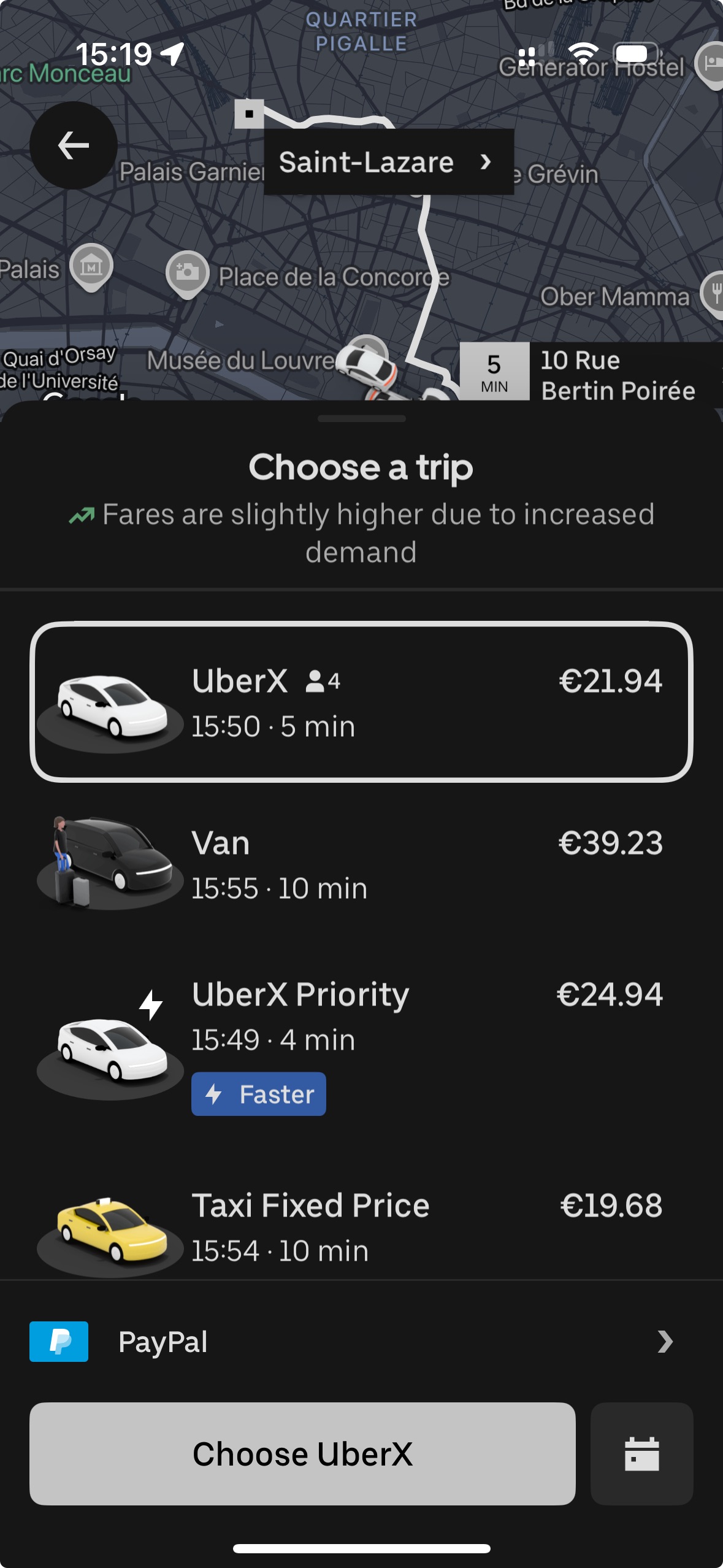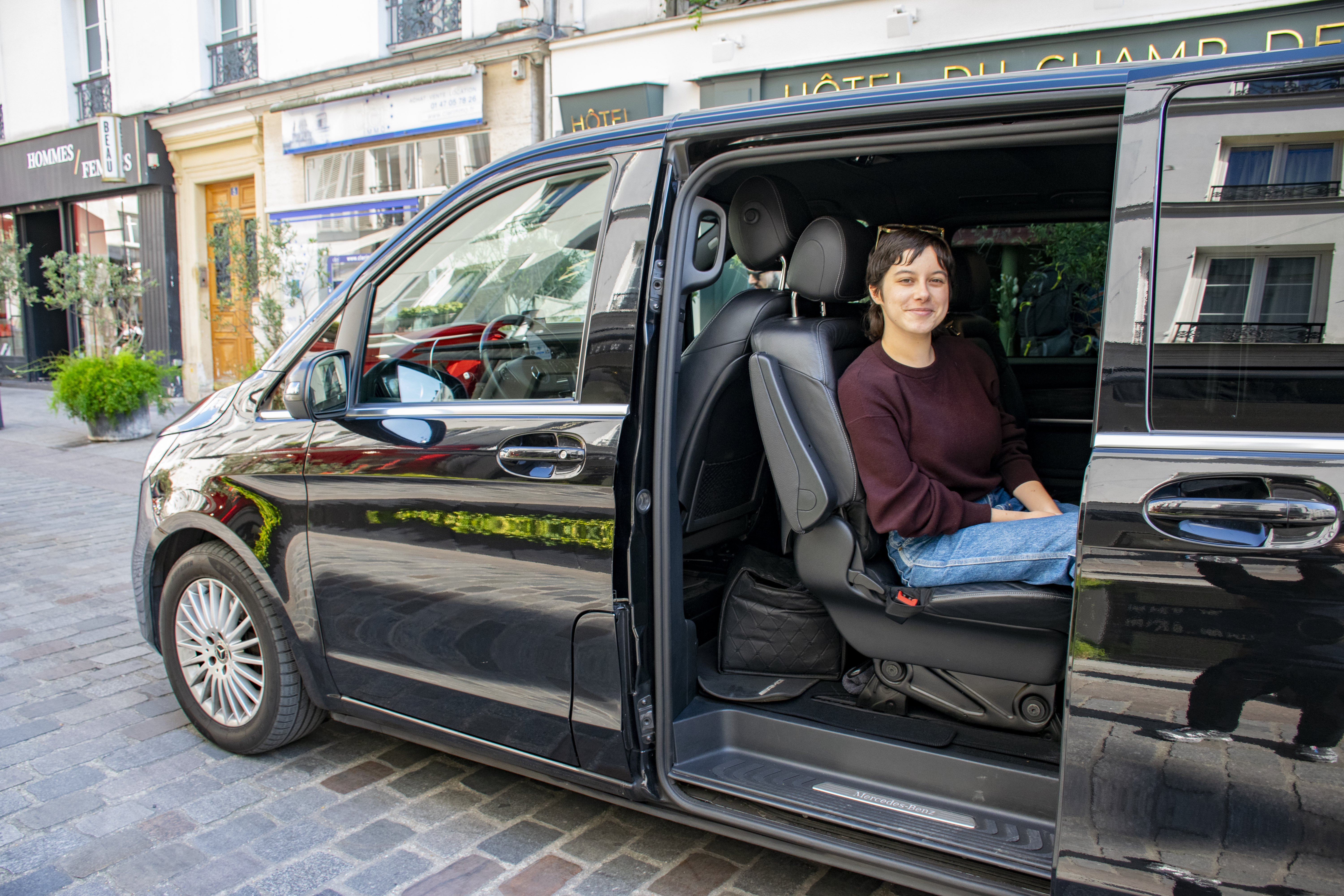If you're visiting Paris and wondering whether to take an Uber or a taxi, you're not alone.
Actually, Uber's story famously started in 2009 when the founders, visiting Paris, struggled to find a taxi. That experience sparked the idea for what is now the ride-sharing giant, launched shortly after — and today, Uber operates widely across Paris.
There is now several ridesharing services to choose from in the city, such as Bolt, Caocao or private services. Here, I'm going to break down for you the main differences between the two major ones in Paris: Uber and Taxis.
Uber vs Taxi, what are the differences?
How does Uber work in Paris?
Uber offers a full range of services in Paris, from Lime bikes to Uber Eats, and of course, ride-hailing. When ordering a car, pay close attention to the pick-up location as drivers aren't allowed to stop just anywhere, especially not in bus lanes or at bus stops. I recommend choosing smaller side streets rather than busy boulevards for a smoother pick-up.
Otherwise, the service works really well if you don't count the occasional price surges during major events, near concert venues, during Fashion Week, or on rainy days 😉

How do Taxis work in Paris?
You can hail taxis directly from the street if their rooftop light is green, indicating they're available. A red light means they're occupied. You’ll also find designated taxi stands throughout the city — simply search for 'Taxi Stand' on Google Maps to locate the nearest one.
They are also a few apps (ex: G7) now on which you can order a taxi, just like a uber.
By law, taxis must accept credit cards and use the meter, except for airport rides, where a flat rate applies. You can find more information about airport taxi prices here.
Personally, I suggest always confirming whether they accept cards before getting in, as some drivers can still be a little reluctant.
The main advantage of taking a Uber
You know the fare upfront, no communication issue for the adress, and they won’t drive in circles around town to increase the fare.
As you may know, this is pretty enjoyable when you are not local as everything is clear for everyone.
The main advantage of taking a Taxi
Taxi are often faster. EspeciallydDuring rush hour or major events like Fashion Week, Paris traffic can become gridlocked. Taxis have a key advantage: they are allowed to use bus lanes, which can help bypass some of the congestion; something Uber drivers and other private services cannot do.
Typical rush hours in Paris are:
8:30 AM – 9:30 AM (morning commute)
5:30 PM – 7:30 PM (evening commute)
If you're in a hurry to reach the airport or a train station during these times, a taxi is often the better choice.

The best of both worlds: You can book a taxi through Uber, too!
Recently, Uber added taxis to its app in Paris. When ordering, simply scroll past the usual UberX and van options, and you'll see the Taxi category.
There are two different types of taxis on the Uber app:
- Taxi (fixed price) = the cost is shown upfront and doesn’t change, like in a classic Uber ride.
- Taxi (metered price) = the price is based on distance and time, using the traditional taxi meter.
If you are familiar with Uber, you will not be surprised.
What Does It Cost?
For a short 3 km ride (about 2 miles) that takes roughly 8 minutes:
- Uber: ~20€
- Taxi (fixed price): ~25€
- Taxi (metered price): 21€ to 28€
In general, Uber tends to be cheaper, but the price difference is often small.
So, Uber or Taxi?
- You want to use a familiar app: you can use Uber like you do back at home
- It’s rush hour and you want to skip traffic: get a Taxi. And you can book it on the Uber app
Whether you swipe or wave, Paris makes it easy to get there—so sit back, relax, and enjoy the ride!





